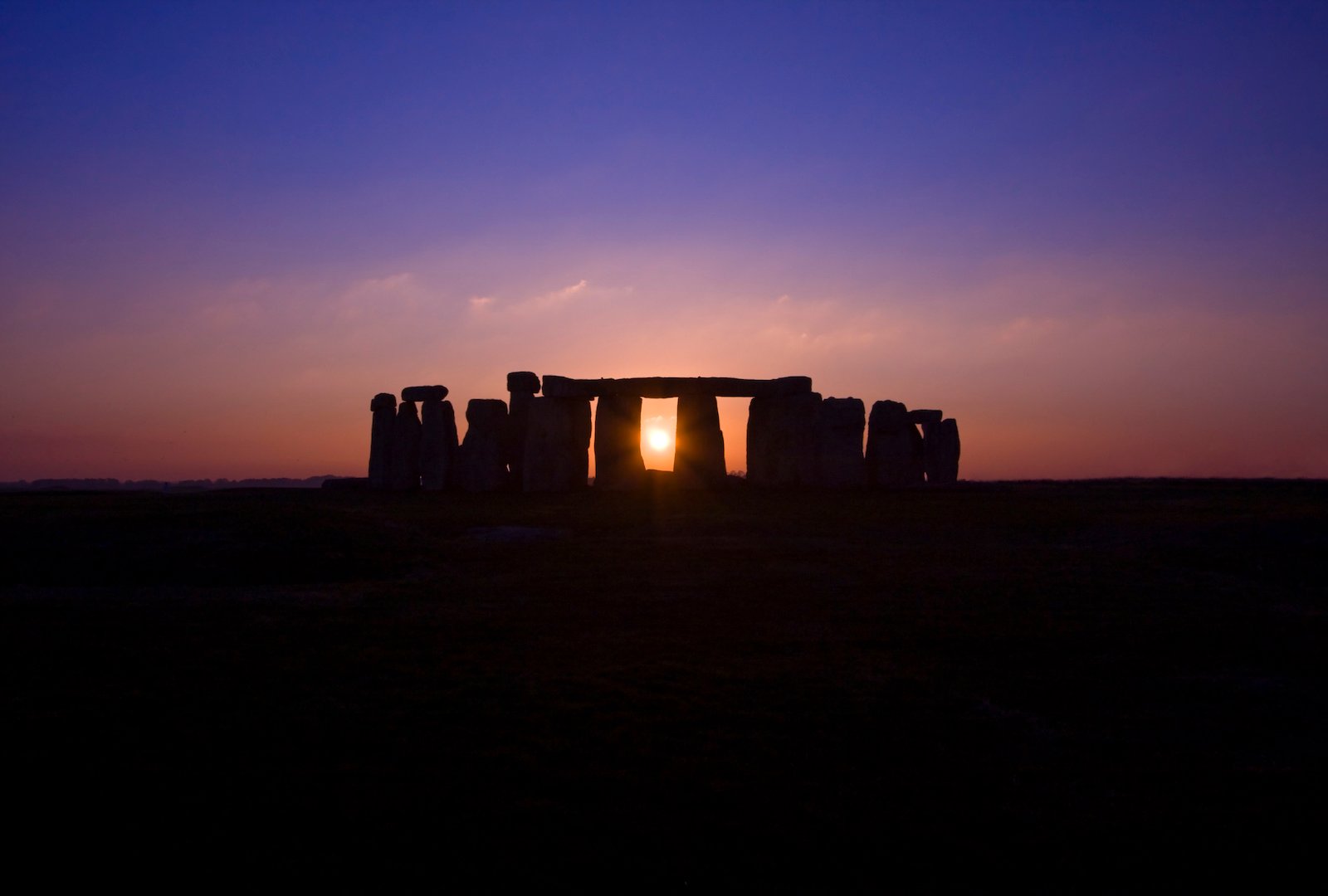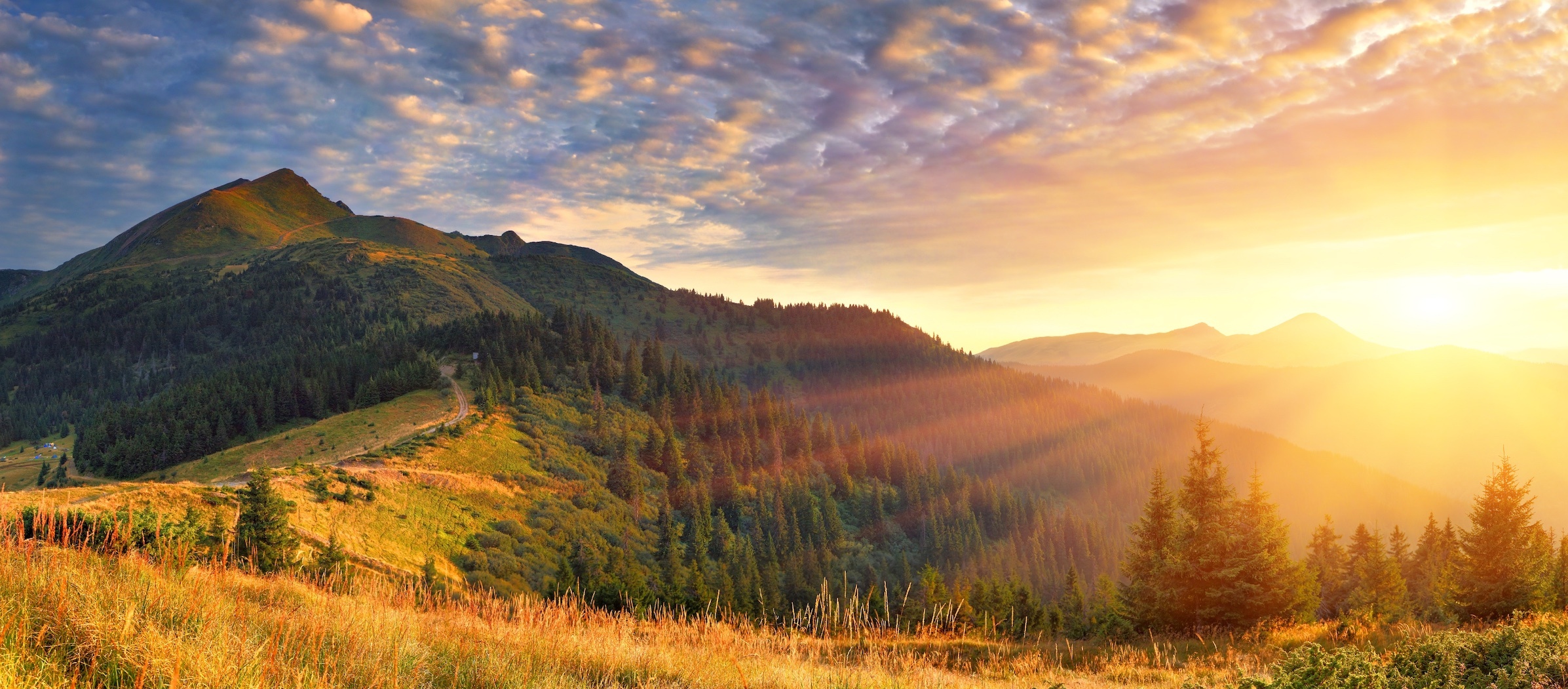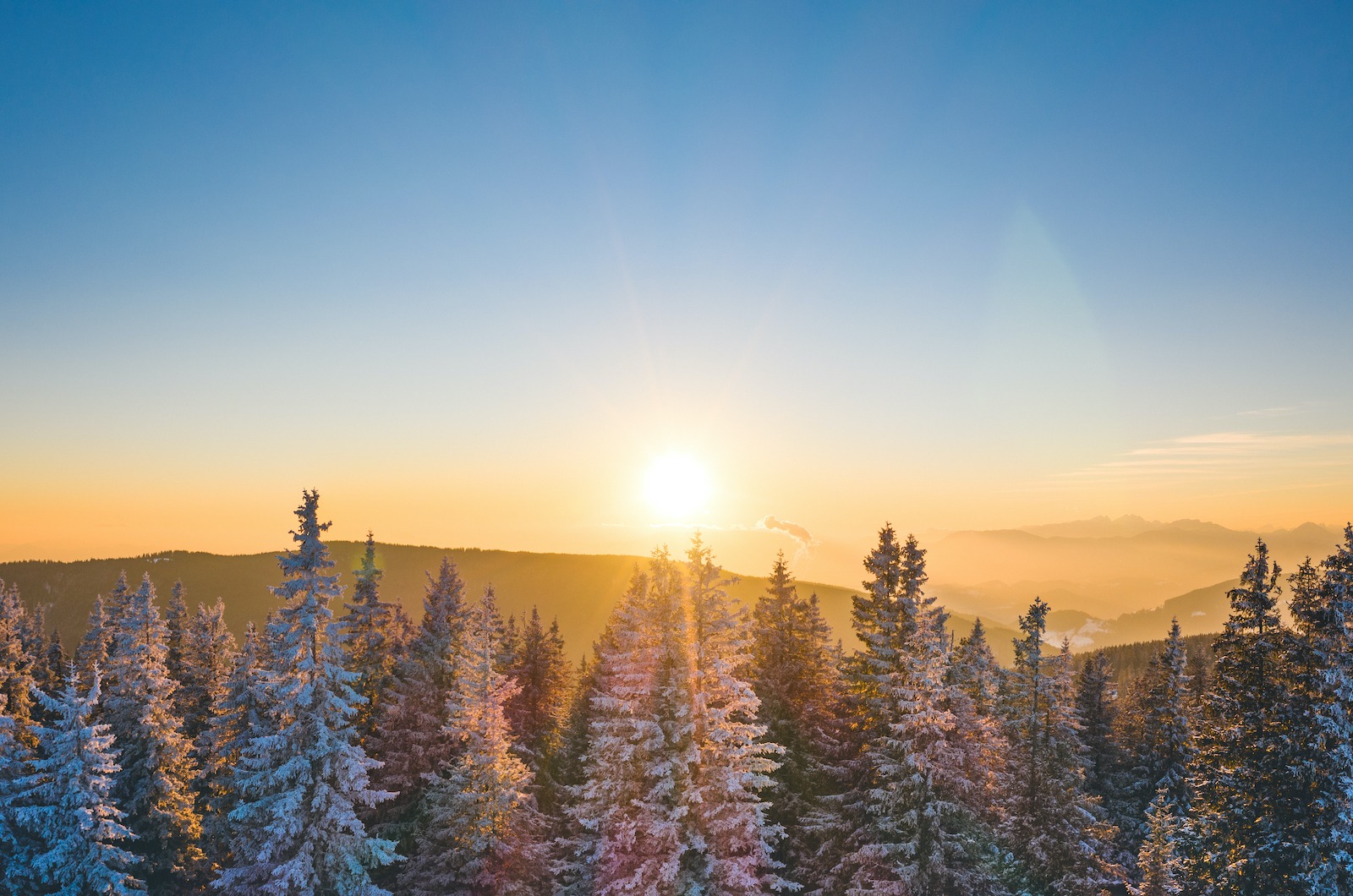The Science Behind the Winter Solstice
Over the past several weeks, we've explored the upcoming winter solstice and its significance for conscious leaders and businesses.
For the Plenty team, celebrating the summer and winter solstices is a natural extension of our work to help leaders become more mindful, thoughtful, and centered. After all, we all exist in and as part of a larger world. It seems evident that the physics of the natural world can provide a metaphor and context for the work we do in it.
But I'm constantly reminded of how "out there" the solstice seems to many in the business community.
A few years ago, around this same time of year, I was having breakfast with a colleague. We were catching up on the events in our lives, and before long, the conversation turned to business.
"What are you doing at Plenty now?" he said. I was pleased he asked because I was excited to discuss our latest project. As the waiter cleared the table, I refilled our cups of coffee and launched in.
"We're about to publish a beautiful video piece about the solstice and the inspiration it offers leaders," I said.
I can distinctly remember his expression as I spoke. It wasn't exactly a look of incomprehension – it was more like the complete absence of any reaction whatsoever. He looked like he had fallen into a deep stupor.
"Ah, yeah. The solstice," my friend said. "I mean no offense, Jeff, but what does that have to do with Plenty? It seems kinda woo-woo."
In a way, I give him credit for saying anything. Sometimes I'm met with blank stares and polite dismissals when I bring up the solstice.
"The solstice can be woo-woo in some respects," I answered. "And judging from the sad state of most organizational cultures we work with, a bit of woo-woo is needed because Zoom doesn't seem to be working!"
He gave me a wry smile. "Touché," he said.
I continued. "But the solstice is also astronomy and physics and cultural anthropology. And more than anything, the solstice reminds us that we are part of a larger whole."
Here's some of the science of the solstice, what it means, and why it matters.
You Say Woo-Woo, I Say Physics
We often forget that many of the concepts we use daily are fundamental to nature. For example, consider something as basic as the idea of a year. We use "years" daily, in dozens of ways – to measure our age, our children's education, and even our political cycles.
Years aren't an arbitrary concept, however. A year is the time it takes for the Earth to travel around the sun once. It's a concept grounded in the physics around us.
As the Earth travels around the sun, it spins on an invisible axis. One complete spin allows us to experience another important concept: the day.
However, the Earth's axis isn't straight up and down. Instead, the Earth is tilted at an angle of about 23.5 degrees. This tilt causes different parts of the Earth to receive different amounts of sunlight throughout the year.
When it is summer in the Northern Hemisphere, that hemisphere is tilted towards the sun and gets more hours of direct sunlight. In winter, the Northern Hemisphere is tilted away and gets less.
Embrace the Tilt
On the winter solstice, the Earth's North Pole reaches the point of its yearly rotation when it is tilted most directly away from the sun. On this day, the North Pole receives less sunlight than on any other day of the year, leading to the shortest day and longest night in the Northern Hemisphere – and the longest day and the shortest night in the Southern Hemisphere.
The tilt of the Earth may seem trivial, but it shapes much of life as we know it. The Earth's tilt causes the apparent motion of the sun, and it also causes the seasons. Without the tilt, each day would be approximately 12 hours long everywhere on the planet throughout the entire year. Weather patterns, plant and animal life, and even human societies would differ significantly.
Nature Comes First
One of the lessons of the science of the solstice is that there's an order to the world. Nature doesn't do our bidding. Yes, we can build structures that shield us from much of nature's weather and turn on lights so we can see when nature "turns off" the illumination of the sun. But as powerful and sophisticated as our civilization is, it is bounded by laws of physics.
Our manufactured marvels – ubiquitous cell phones, cars, broadband internet, airplanes – help us navigate the world. But the world shapes us more than we realize. As a simple example, consider that many people know that December 21st is the first day of winter. Fewer know that December 21st is the first day of winter because of the solstice. "Winter" doesn't start because the mayor's office says it does. Winter starts because of how our planet moves in our solar system. And the start of winter shifts – sometimes December 19th, sometimes the 20th, sometimes the 21st – because our human-created calendar of 365 days is a bit shorter than the actual time it takes the Earth to travel around the sun (about 365.25 days).
In a time before screens surrounded us at every turn, everyone watched the same screen: the sky. They noticed that during the year, the sun appeared to move in the sky, stop for a moment, and then move lower. They noticed that the length of the days and the weather changed with the sun's movement.
Alignment Matters
And because they noticed, they celebrated. The winter solstice marked the beginning of the winter season – a time of stillness and reflection. Early cultures recognized the significance of the sun's power in producing crops and sustaining life. They noticed that as the autumn progressed, the amount of sun dwindled each day. They also noticed that when the night seemed longest, the sun would appear to stop in the sky and reverse course – and the days would become longer again. (The word "solstice" literally means "sun standing.")
Just as they celebrated the summer solstice as a symbol of rebirth and renewal, our ancestors celebrated the winter solstice as a time of reflection and release – and a hopeful turn back towards the light. Ancient structures such as Stonehenge and Machu Picu were explicitly built to align with the sun's position on the solstice. These structures served as calendars, allowing ancient cultures to mark the changing seasons and the passage of time. They also served as reminders that humans are part of a much larger whole.
The idea of alignment is just as crucial for modern business leaders. Alignment means ensuring everyone in the organization is working towards the same goals and objectives. It means building a culture of transparency and communication, where everyone understands their role in achieving the organization's mission. It means gathering everyone up and asking, "Does everyone know where we're headed? Does everyone agree?"
In a more personal sense, to the conscious leader, alignment means taking the time to ask profound questions of oneself. Pema Chödrön, one of my favorite teachers and authors, wrote, "The most fundamental harm we can do to ourselves is to remain ignorant by not having the courage and the respect to look at ourselves honestly and gently." Alignment is the courage to ask, "What is important to me? Do my actions reflect my values? Do my words reflect my actions?"
The solstice gives us a polite nudge toward those questions. And it reminds us, too, that this shall pass, for as we note with quiet stillness the start of winter, our sisters and brothers in the Southern Hemisphere celebrate the abundance of the longest day and the start of summer's growth that the summer solstice represents.
The Solstice Will Happen
Ultimately, whether these metaphors are as meaningful to you as they are to me doesn't matter much. I take great comfort in knowing that the winter solstice will happen this year as it does every year, whether we notice it or not.
At the same time, half of the entire planet will live through the same experience. This experience invites us to understand how majestic the sacred mathematics of our universe is. And, just maybe, to know how sacred our part is, too.
It's something we all share, whether we realize it or not – and in a time when we have no shortage of people telling us how divided we are, this is the most meaningful metaphor of all.
To tune into the winter solstice yourself, we've created a guided meditation, a beautiful video poem, and a free download of practices for you.
This post was adapted from a post we originally wrote to celebrate the summer solstice. We revised and adapted it to help those of you searching for more information about the winter solstice.
Share this
You May Also Like
These Related Stories

The Science Behind the Summer Solstice

Solstice Stillness



No Comments Yet
Let us know what you think